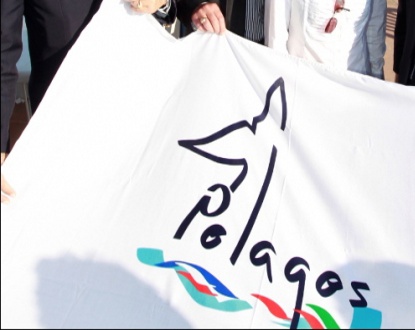On Monday, April 4, the Partnership Charter for the Pelagos Sanctuary was signed at the Nice Nautical Club. It was an opportunity for the communities of the Côte d’Azur to commit to the protection of marine mammals in the Mediterranean. Why this sanctuary? What are the stakes of this Charter?
The PELAGOS sanctuary is a maritime area of 87,500 km². With 1,256.41 m of coastline, it extends from the Giens Peninsula to the Burano Lagoon in southern Tuscany. It encompasses the waters bordering numerous islands, including Corsica and northern Sardinia, and smaller islands such as those of Hyères, Liguria, the Tuscan archipelago, and the Strait of Bonifacio.
Created with the aim of protecting marine mammals from human disturbances, the PELAGOS Sanctuary is part of the list of Specially Protected Areas of Mediterranean Importance (SPAMI). This program by the United Nations Environment Programme is implemented within the framework of the ‘Biodiversity’ protocol of the Barcelona Convention. The desired goal: to reconcile the proper development of socio-economic activities with the protection of habitats and species.
This sanctuary is home to many species of dolphins as well as whales and sperm whales, sometimes visible from the Bay of Angels.
The objectives of the Charter are twofold:
Firstly, local authorities must commit to intensifying their best practices related to cetacean conservation, particularly concerning the control of pollution discharged into the sea. Indeed, a supermarket plastic bag lost in nature inevitably ends up in the sea. There, dolphins can easily mistake it for a jellyfish, swallow it, and die from intestinal blockage.
Secondly, it’s important to raise awareness of the presence of cetaceans so close to the beaches. Few holidaymakers imagine that the maritime zone between the French Riviera and the Continent is one of the world’s major gathering places for whales, sperm whales, and dolphins.


